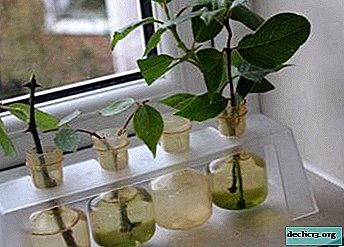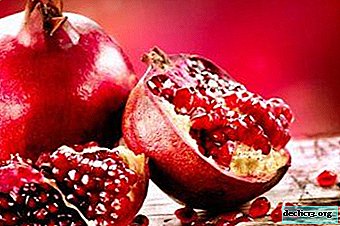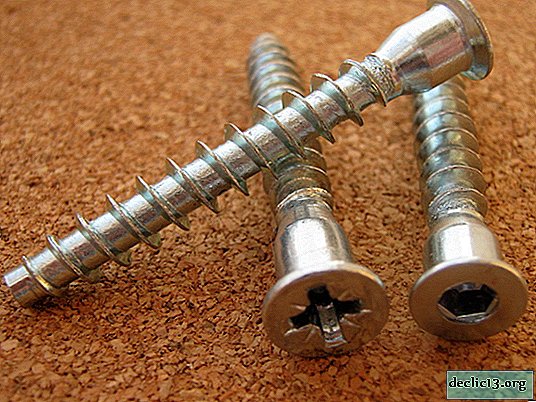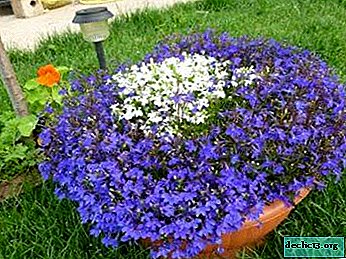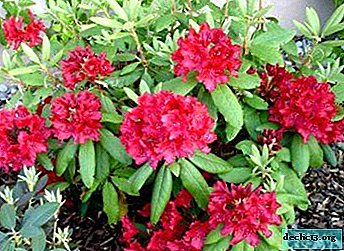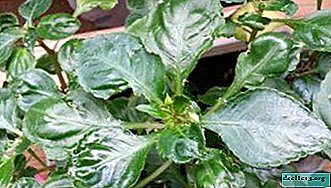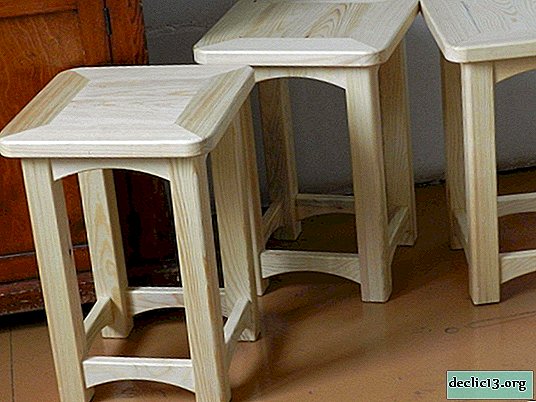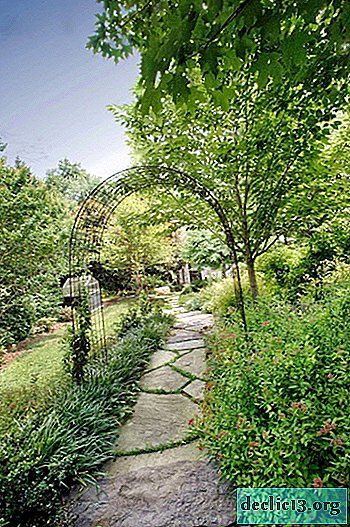Astra: a bright star in the infield
A flower with straight petals really looks like a star. The aster got its name from the Latin word Aster, which means a celestial body with rays scattering to the side.
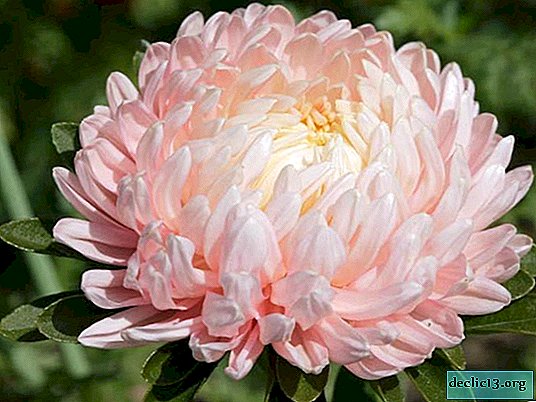

The flower belongs to herbaceous plants, which can be annual and perennial. According to various sources, 200 to 500 species are reckoned among these complex flowers.


The birthplace of asters is considered to be North and Central America. In Europe, the plant got many hundreds of years ago back in the 17th century.


The advantages of the plant are the ability to withstand frost and even bloom at -7 degrees. Adverse conditions are not an obstacle for the emergence of seedlings. At the same time, aster can be propagated both vegetatively and from seeds.


Tremendous regenerative abilities make flower transplanting simple. Damaged rhizomes can easily repair. The variety of shades that aster's petals can acquire will allow you to create stunning compositions on the site.
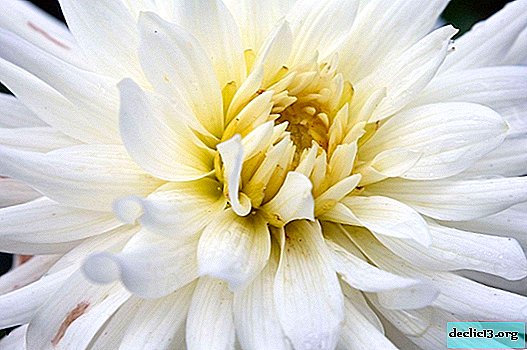

Astra is a rhizome plant with a basket inflorescence. There are simple leaves on the stem. Inflorescences are usually collected in panicles. Some varieties bloom with shields.

Petals on the edges of the flowers are usually reed, painted in different colors. Those that are closer to the center are tubular. They are most often found in yellow.


Diverse species and varieties of aster
For information, it should be clarified that in addition to the genus of asters, in which annual and perennial plants are represented, there is a garden aster or callistefus. This is an annual flower from the aster family.


This plant has green or dark red stems. They can be simple or branch. A powerful branched root system belongs to the fibrous. Another arrangement of leaves is another feature of the plant. It is this plant that is best suited for planting in the garden.


Perennial asters are divided into:
- early flowering;
- autumn flowering.


Early flowering include:
- alpine aster;
- aster Bessarabian;
- Italian aster.


Alpine asters are characterized by a height of 10-30 cm; single inflorescences in diameter of 5 cm. Varieties of this species can be painted in shades of blue or pink. You can see the flowers from May to June.


Italian aster flowers can be seen in the middle of summer. Large inflorescences are classified as corymbose. The bushes reach a height of 70 cm and are suitable for rockeries.


Bessarabian aster grows to 75 cm in height. Her flowers are distinguished by an unusual appearance: the lilac color of the petals and the brown middle. Such flowers dot the bush in large numbers.


The autumn-flowering perennial asters include:
- bushy aster;
- New Belgian aster;
- New English aster.

The annual garden aster has about 4,000 varieties. Some of them are even unlike classical asters and are confused with other colors. Many grades have been developed to classify these colors.


For example, by flowering time varieties are divided into:
- blooming in July - early;
- blooming in early August - medium;
- blooming in late August - late.

According to the height criterion, asters are divided into:
- up to 25 cm - dwarf;
- up to 35 cm - undersized;
- up to 60 cm - medium;
- up to 80 cm - tall;
- more than 80 cm are gigantic.


In addition, asters can be classified as cutting, casing and universal. You can also use the division into tubular, transitional and reed. There are other classifications. They help determine the choice, only by accurately determining the purpose of the colors.

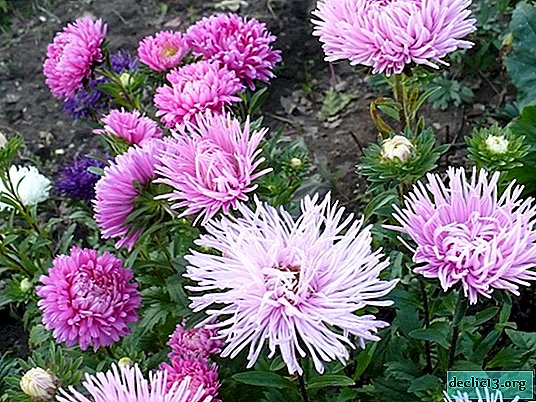
Caring for Asters: Growing and Caring
Start by choosing the most suitable place for planting a flower. A well-lit area in this case would be the best choice. It is better if flowers did not grow on this place for the previous 5 years, since the remains of old plants can cause infection.
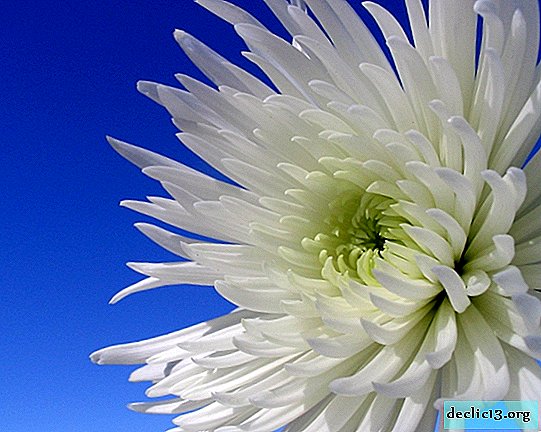

In addition, it is important to provide good drainage. Astra does not tolerate an overabundance and stagnation of water. You need to make sure that the groundwater is deep enough in the place chosen for planting.
The soil under the aster should be neutral or slightly alkaline. You need to add sand or loam to the composition, then the bushes will feel comfortable. Soil preparation should start in the fall.

Up to 4 kg of humus or compost should be added to the soil dug up to a depth of 30 cm. You can also add potassium salt and superphosphate in doses recommended for these conditions. Using fresh manure is not recommended.

For planting in the soil, it is better to use seedlings. To do this, at the end of March, seeds are sown in pots. In the greenhouse, this can be done in April. The first shoots will appear in 5 days.

The stronger and hardened seedlings have grown, the more likely it will take root on open ground. Suitable seedlings are 6-10 cm tall and from 5 large green leaves.

Loosening the soil is an important process in the care of asters. This should be done after each irrigation. In order not to damage the root, you need to loosen it to a depth of not more than 6 cm. Hilling the bush costs up to a height of 7 cm. This helps to strengthen the rhizome.

Insufficiency of watering will lead to grinding of inflorescences. You can avoid this by watering the bushes rarely, but abundantly. Thanks to this simple care, you can grow amazingly beautiful plants on the site that will decorate flower beds with bright colors.


